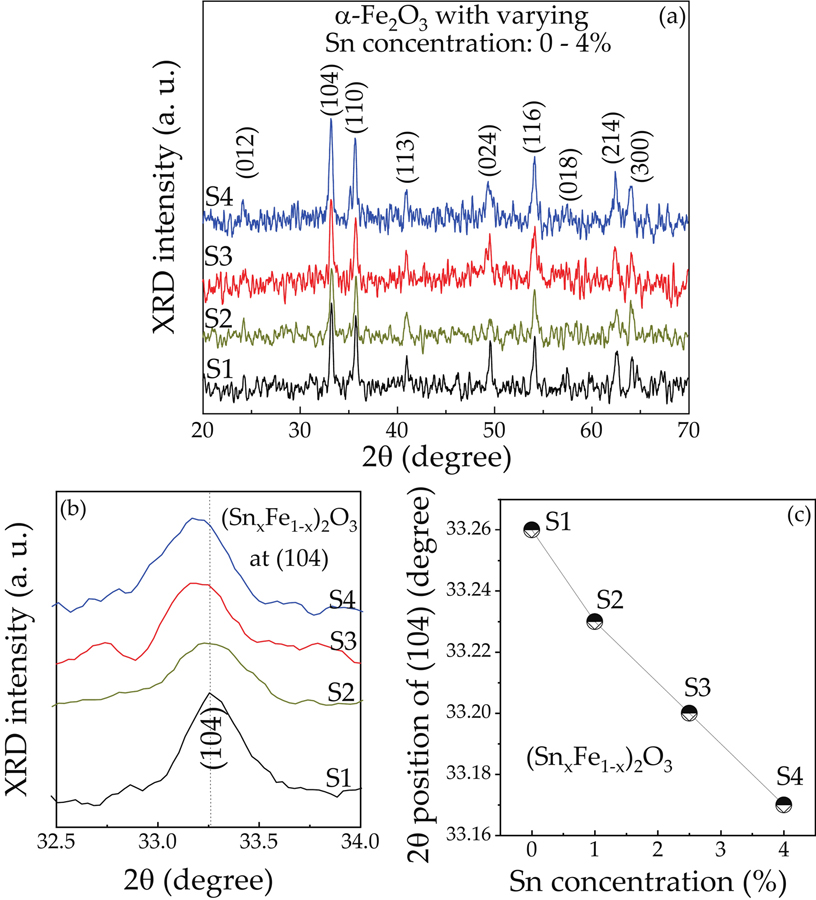[42] R R Piticescu, A M Motoc, A I Tudor et al. Hydrothermal synthesis of nanostructured materials for energy harvesting applications. Int J Mater Chem Phys, 1, 31(2015).
[54] M Grätzel. Photoelectrochemical cells. Nature, 414, 338(2001).
[42] R R Piticescu, A M Motoc, A I Tudor et al. Hydrothermal synthesis of nanostructured materials for energy harvesting applications. Int J Mater Chem Phys, 1, 31(2015).
[54] M Grätzel. Photoelectrochemical cells. Nature, 414, 338(2001).

Set citation alerts for the article
Please enter your email address